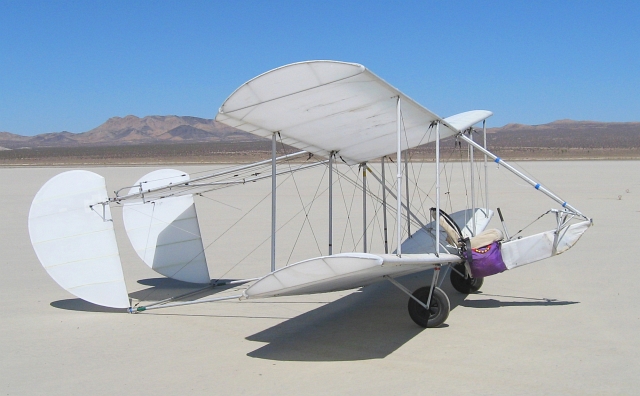Hey gentlemen what about those "motorized gliders"? I'm sure there is a specific name for the type but how has that technology come along?
Three types:
'Touring Motorgliders' that are basically 2 seat powered aircraft with a glide ratio better than 1:20. In most of the european countries, they can be flown with a glider license with endorsement off a gliderport (which opens up more airfields). Performance is similar to a 152 or LSA, except for the very good glide ratio after an engine out. A very economical way to enjoy aviation while burning 4gph of mogas. In the US, the hurdles for entry into powered flight are lower, less incentive to fly motorgliders. As you can fly them without a medical, the only folks I have seen here are older guys who either can't get a medical or are sick putting up with the FAAs hoops.
'Self launch' gliders that are competition single or twin gliders with a retractable engine of somewhere around 50hp mounted behind the wing-root in the fuselage tube. Most are high-performance gliders with glide ratios 1:42 and better. The neat thing is that you can launch without having to rely on a tow pilot and wing-walker. While it is helpful to have a second person for ground-handling with some physical strength and skill you can make glider flying a one-man show.
'Assist' Similar to the self-launch, except that the engine is a 30hp two-stroke. The glider has to be launched with aero-tow or winch and the engine is strictly a crutch to get home if the thermals susbside earlier than anticipated.
Well, and then there is the Stemme S10 which is a combination of the first two categories.
Also, some of the recent entries in the touring motorglider market (Lambada, Ximango) are a lot better on the glider side than some of the earlier stick+fabric designs. While they are still no comparison to a current design single purpose glider, it is possible to thermal or ridge fly with them.
Last edited:

